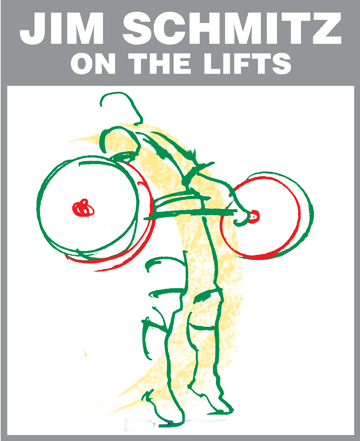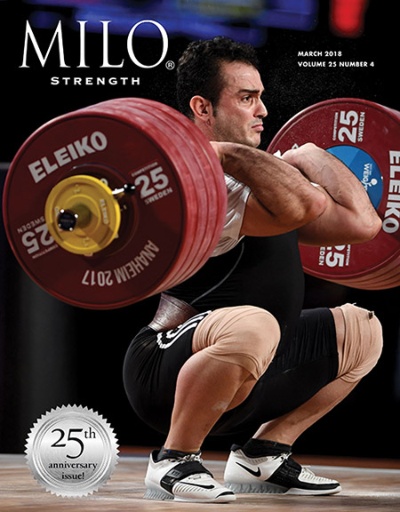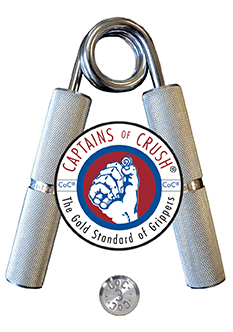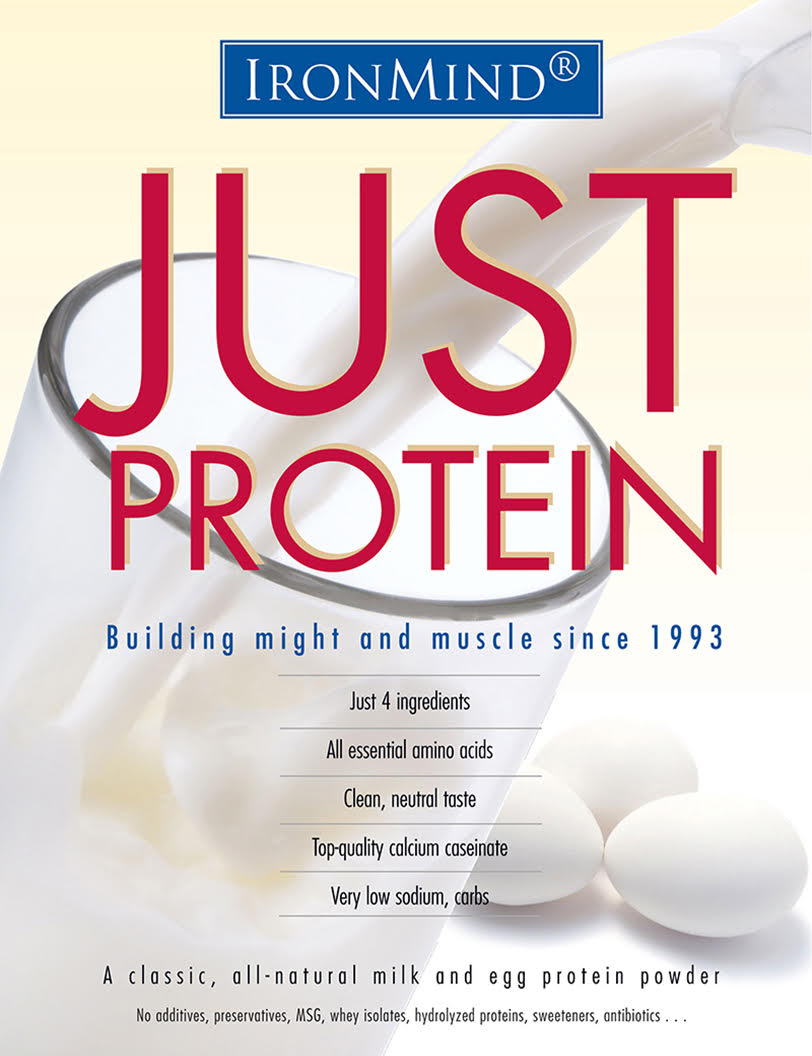
U.S. Olympic Weightlifting Team Coach 1980, 1988 & 1992 Author of Olympic-style Weightlifting for Beginner & Intermediate Weightlifters Manual and DVD
I often get asked, "Will running hurt my weightlifting or is running good for my weightlifting?" The answer is, "That depends." Many factors come into play for weightlifters who want to run: previous running experience, distance, speed, frequency, intensity, timing with your weightlifting workout, and finally, your goals.
The first issue to be addressed is how long has it been since you did a serious, regular running program? If it has been several months or years, then yes, running will adversely affect your lifting. If you haven't been running lately and want to begin a running program, whether for fitness or sport, start easy and build up—just like starting up a weightlifting program. Also, if possible, do your running on non-weightlifting days. If you have to do it on the same day as you lift, do it after your lifting. Until you get in some sort of condition for a running program, you should back off your lifting a bit, as your energy will suffer for a while and will affect your lifting.
If you are a runner and want to take up or resume weightlifting, you have to understand that the weightlifting will cut into your running times and performance. As above, you have to back off and decrease your running for energy and recovery.
Something that I learned many years ago through my own experiences, and those of the many athletes I’ve coached over the past four decades, is how running and weightlifting use the low back muscles differently. In weightlifting we use both sides of our low back (erector spinae / spinal erectors) muscles simultaneously, but in running they contract and stretch alternately; the result is low back soreness when you first start running. If you start slowly and easily, your low back muscles can adapt (and they will, I assure you) and the low back soreness common in the beginning will go away.
Your lifting will suffer some in the beginning, but once your training has adapted to the running, your strength and power will return. This might take two to six weeks, depending on your age and level of fitness. If you are a competitive weightlifter — or other strength and power athlete — and are preparing for a competition, you will want to curtail your running the last three weeks before your competition and maybe even eliminate all running the week before.
The other factors of running that might influence your lifting are the volume and intensity of your running. Sprints can be more stressful than jogging and long distances are more depleting than both. Running hills, stairs or cross country is the most demanding and will definitely fatigue your legs a lot. Whichever form of running you do, all can affect your lifting depending on how fast, hard, and long you run. So be aware—if you want to lift heavy the next day, run easy to medium the day before.
Interval training— where you run for a certain distance or time and then walk for a certain distance or time—is a great running method for weightlifters. I have found interval training to be tremendous for developing one’s cardiovascular fitness, which then helps your recovery from weightlifting workouts. I have also found that running 20 to 30 minutes (or 2 to 3 miles) two to three times a week on non-workout days, or after light-to-medium weightlifting workouts, has no adverse effect on one’s lifting.
Here’s an effective interval running program for someone just coming back to running: walk 1 minute, run 1 minute for a total of 10 minutes; add 1 minute walking and 1 minute running each successive running workout until you are doing 30 minutes total. Next, walk 1 minute, run 1-1/2 minutes for a total of 20 minutes; add 1 minute walking and 1-1/2 minutes running until you hit 30 minutes total. Make adjustments according to how you feel and how your lifting is going.
When I was 35, I once ran 5 miles in 38 minutes (a 7:36 mile) around 9 a.m., had a big breakfast, and around 2 p.m. snatched 102.5 kg and clean and jerked 125 kg at a bodyweight of 82.5 kg. That wasn’t my best performance of running and lifting at that time, but it was very close and definitely a PR for being done on the same day. As I get older I can now reveal some of my personal athletic exploits because there aren’t too many around who can remember what I did or didn’t do; I’m sure I may only be off a kilo or two at most.
Running won’t adversely affect your weightlifting—and vice versa—provided you do it intelligently and systematically, and both are definitely beneficial for overall strength and health. Remember, though, if you are peaking for a competition (or planning workouts for some PRs), taper off your running—or weightlifting, if that’s the case—as the competition date draws near.

















